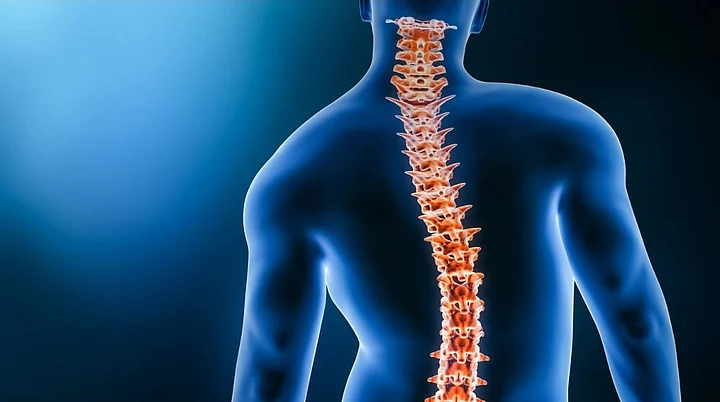Scoliosis is a condition in which the spine begins to take a curve sideways, it may also be a C or S-shaped curve. Scoliosis can affect a person at any age but it becomes difficult to treat in growing children. According to US NIH, children between 10 to 12 years of age can experience the condition.
There is no specific cause of scoliosis. But the other risk factors and conditions that increase the risk are discussed below. A structural curve in scoliosis is permanent and may be due to a medical condition or injury. A nonstructural curve can be temporary and it can be treated.
Scoliosis is not noticeable the patients with this condition may lean to one side or have uneven shoulders or hips due to the spinal curve.
In this article, we provide an overview causes, symptoms, diagnosis, and treatment of scoliosis.
Scoliosis: Signs & Symptoms
According to MedicalNewsToday, here are a few signs and symptoms of scoliosis:
Uneven shoulders
One shoulder appears more prominent than the other
Uneven waist
One hip higher than the other
Rib cage jutting forward from one side
One side of the back seems to be more prominent while bending forward
In most scoliosis cases, the spine may even rotate or twist instead of curving from side to side which causes the ribs or muscles on one side of the body to stick out farther than those on the other side.
Scoliosis: Causes & Risk Factors
According to the Mayo Clinic, the exact cause of scoliosis is not known. It may be due to hereditary factors since the disorder can run in families. Other causes for rare types may be:
Certain neuro-muscular conditions like cerebral palsy or muscular dystrophy
Birth defects that affect the development of the bones of the spine
Surgery on the chest in childhood
Injuries or infections in the spine
Spinal cord abnormalities
Risk factors for developing the common type of scoliosis are:
Mainly people in their adolescence are at a higher risk of suffering from scoliosis
Girls are at a much higher risk of the curve worsening
Scoliosis can run in families thus it is hereditary.
Scoliosis: Diagnosis
According to doctors of Cleveland Clinic, X-rays can help confirm the development of scoliosis and even help diagnose the severity of the spinal curvature. Your doctor may suggest a type of imaging system with lower doses of radiation. Ultrasound is also an option but it doesn't help diagnose the severity of the scoliosis curve.
Doctors may also recommend Magnetic resonance imaging (MRI) if the cause of scoliosis is to be determined which may be spinal cord abnormality.
Scoliosis: Treatment
The treatment and management of scoliosis depends on your age, the type of scoliosis, the measurement of your back’s curve, and other medical conditions. Though the treatment options include:
Observation: Mild curves which is in 90% of scoliosis cases may not need any treatment and the doctors may want to wait and see. Doctors will monitor kids whose backbones curve at angles of less than 20 degrees. It is because the child’s body changes in puberty and the curve may or may not undergo changes.
Nonsurgical options- Back Braces: If the spinal curve in scoliosis measures between 20 and 40 degrees, their doctor might recommend a back brace. It stops the progress of the curve and prevent it from getting worse. the braces are made of hard plastic, and are rigid, elastic and can be move easily. The aim is to control the curve to prevent surgery.
Surgery: Surgery is obviously the last option and it is considered when the curves are between 45 and 50 degrees and expected to get even worse. They begin to affect the working of the lungs. Spinal fusion surgery has shown to stop the increase of curves. The small curved bones of the spine are fused together and as it heals, these vertebrae form a single straight bone.
Other treatment options recommended by the doctor may include physical therapy, stretches, and exercises to help build up strength. Chiropractic treatment may also be helpful along with nutritional supplements.

